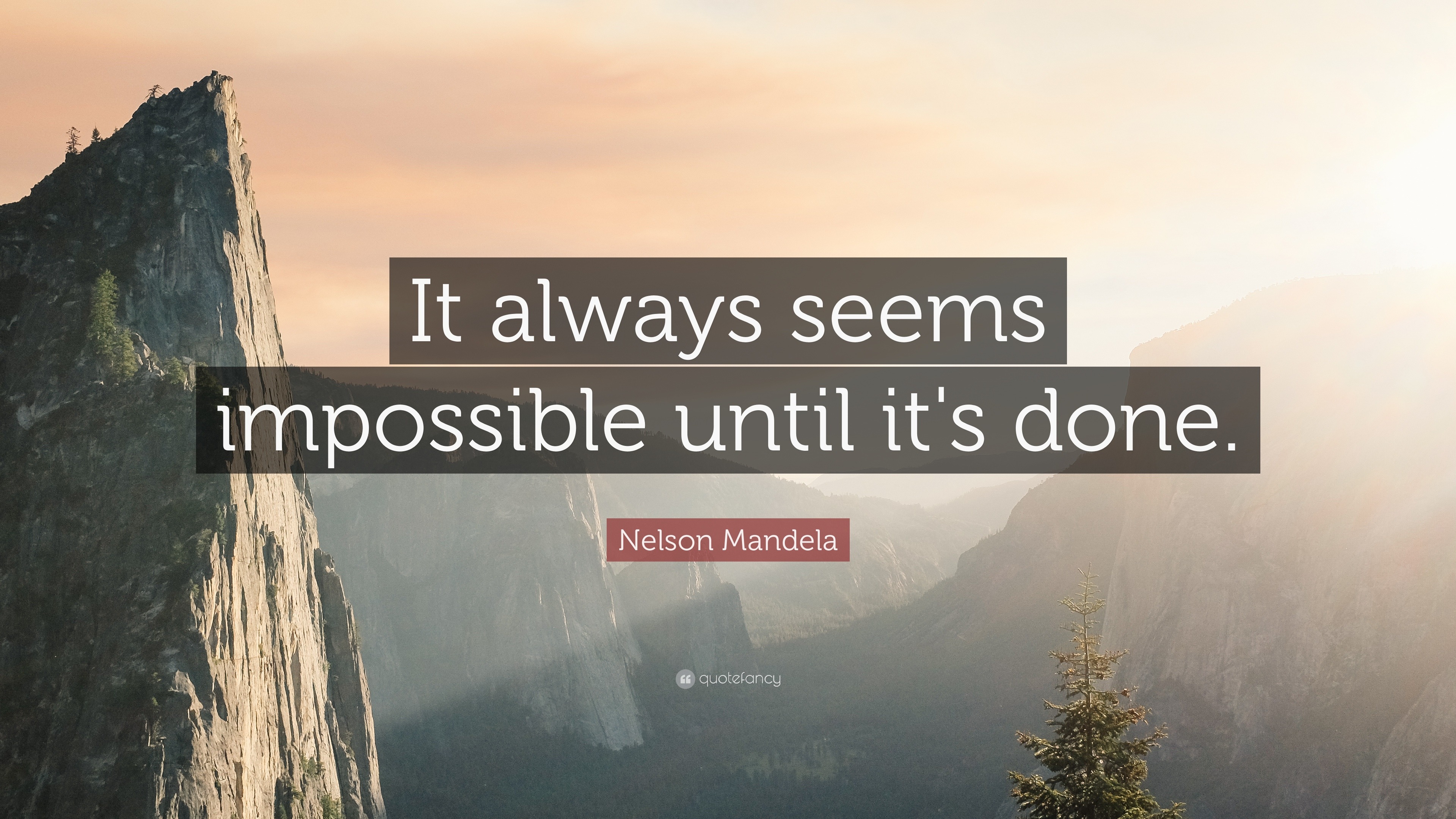 In Weatherford ISD, we are making steps to move from a traditional teacher-led instructional environment to a more student-centered learning environment. This shift is less about tools and more about mindset, which is sometimes a bit more challenging. And while our goal would be to create a more personalized approach to learning, some of our first steps are working on providing opportunities for choice and voice.
In Weatherford ISD, we are making steps to move from a traditional teacher-led instructional environment to a more student-centered learning environment. This shift is less about tools and more about mindset, which is sometimes a bit more challenging. And while our goal would be to create a more personalized approach to learning, some of our first steps are working on providing opportunities for choice and voice.
In the last few weeks, there have been some good examples of this seen in middle school science classrooms. In 8th grade science at Hall Middle School, Coach Kerfoot offered his students the choice of demonstrating their mastery of the learning by either a traditional test or through other means. In an effort to build a tool box for students, Kerfoot has pre-selected some choices for the first couple of units. Eventually, students will have free choice, but for this unit they were able to choose a traditional test, create a comic, or write a poem or rap to show that they had learned the content presented. In addition, Kerfoot worked with students to create a rubric based on standards for this unit. As background, this classroom is equipped with a Chromebook cart, so students have access to technology while in the classroom. These devices are not checked out to students, so time is provided in class for students to work on their projects, including work sessions on Fridays. At this time, many of the learning components are digital, using STEMScopes and Google Classroom. Even with technology available, many students chose to create on paper. A few students tried Powtoon and one or two turned in a recording of their rap or poem. When students were asked their thoughts on having choice, one student said that they like that they are able to be creative. Another student talked about how they look forward to working on the project and liked having options. In the next unit, students will be using some type of video to show their mastery, which this will lend itself to being a perfect opportunity to discuss digital portfolios with the students!
In both classrooms, in addition to choice, the 4 C's were also included! Students were able to work in groups, which allows for collaboration and communication. Creating these products also encourages creativity, which many of the students seem to enjoy. It will be interesting to watch the progression of choice and the development of a set of tools students can use to show their mastery of concepts being taught. An individual reflection piece built into the group presentations would give good insight for the teachers as to the level of understanding and engagement of each of the students. This would be easy to incorporate into a Canvas course, which is the direction we are headed with our secondary classrooms.
These are all steps in the right direction for creating student centered classrooms!
































